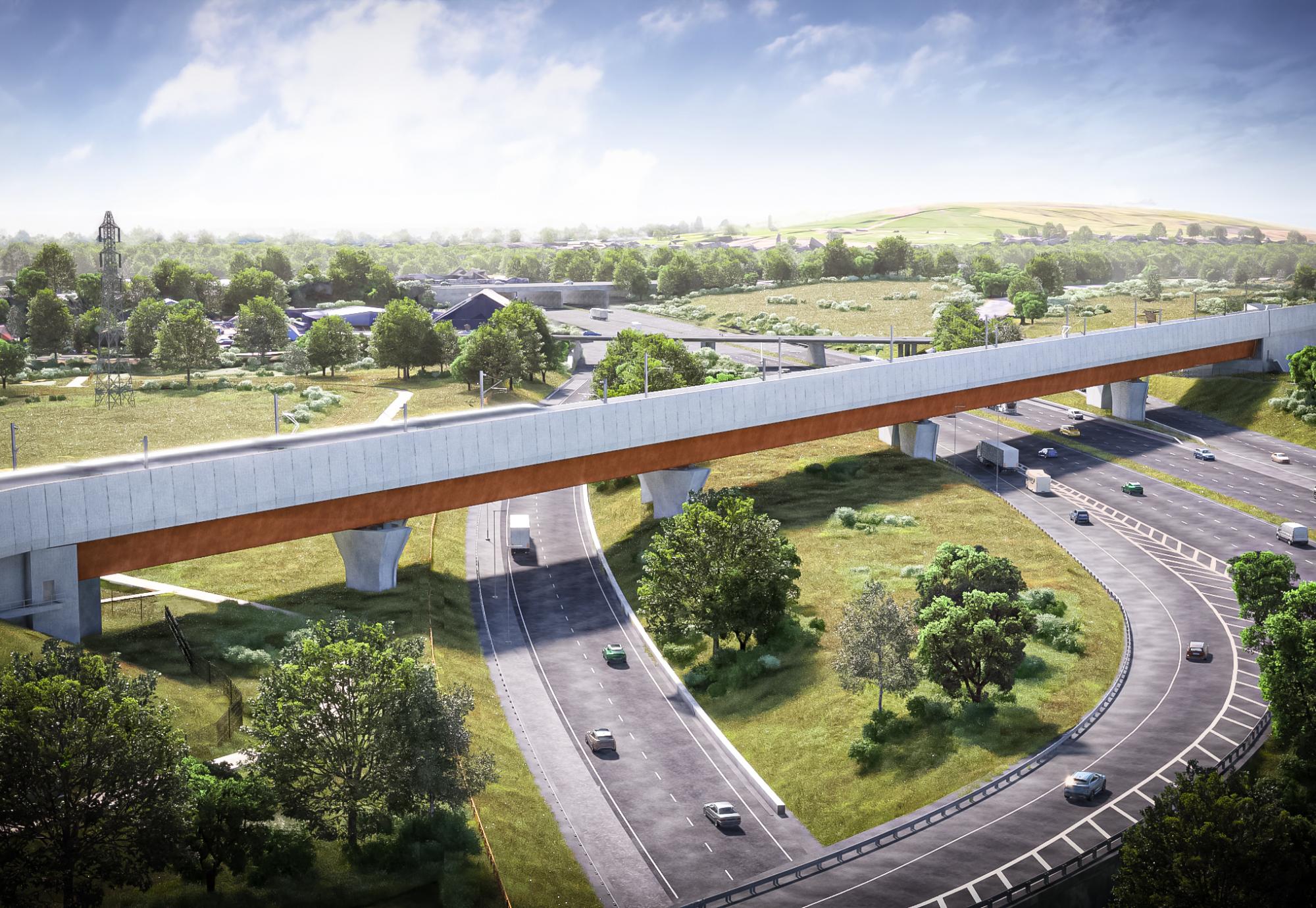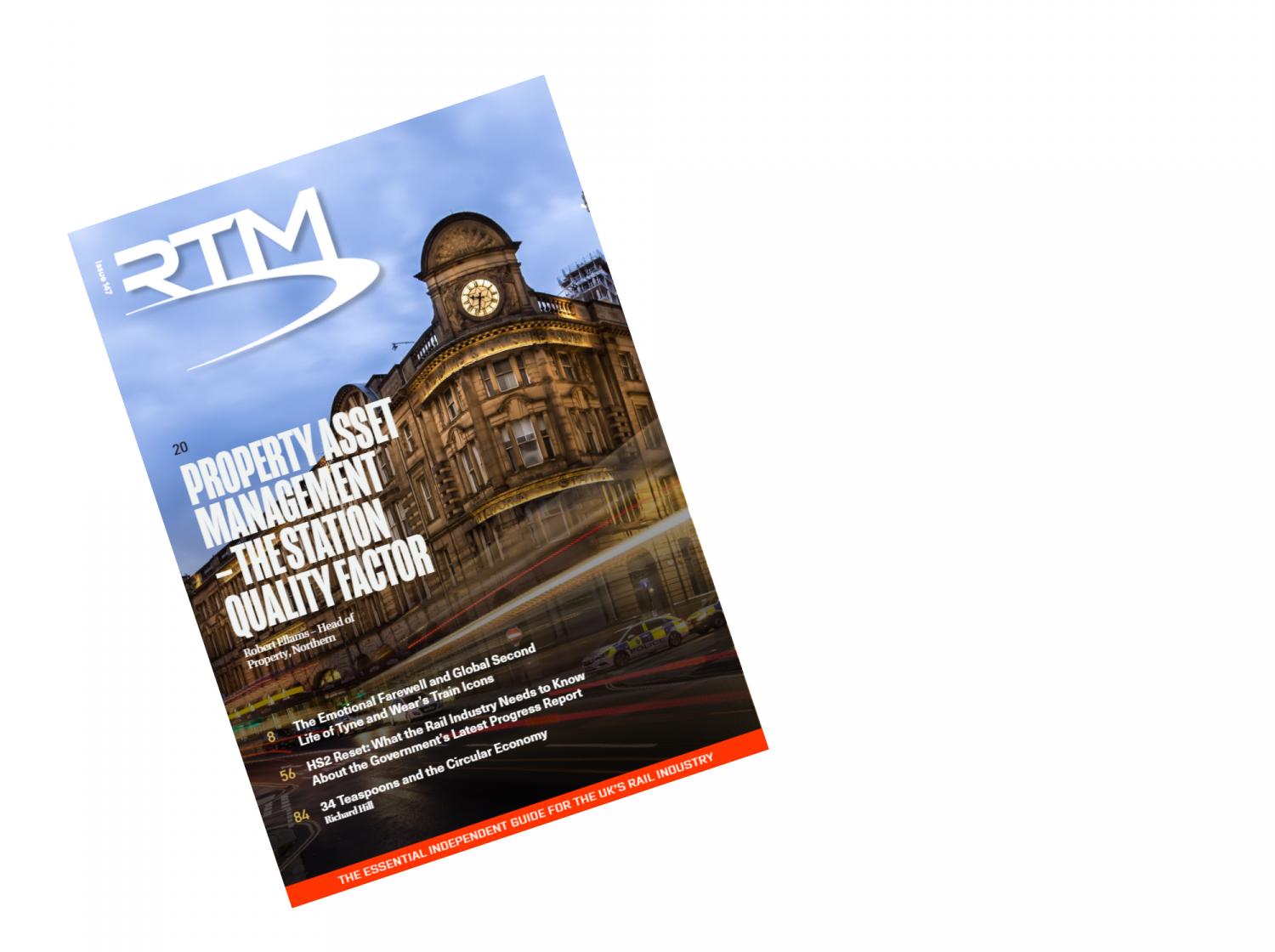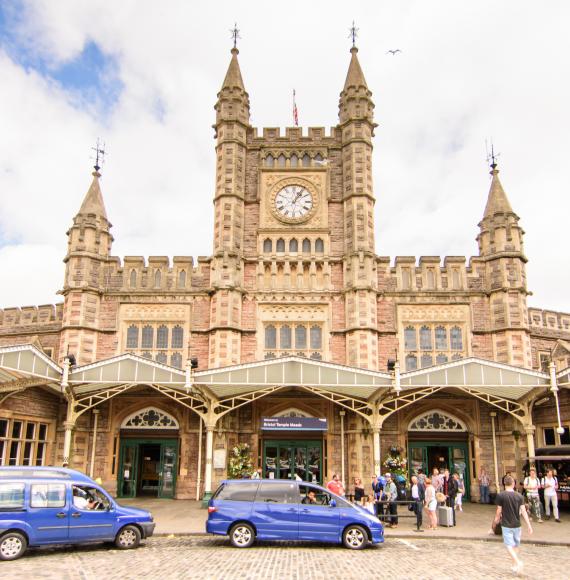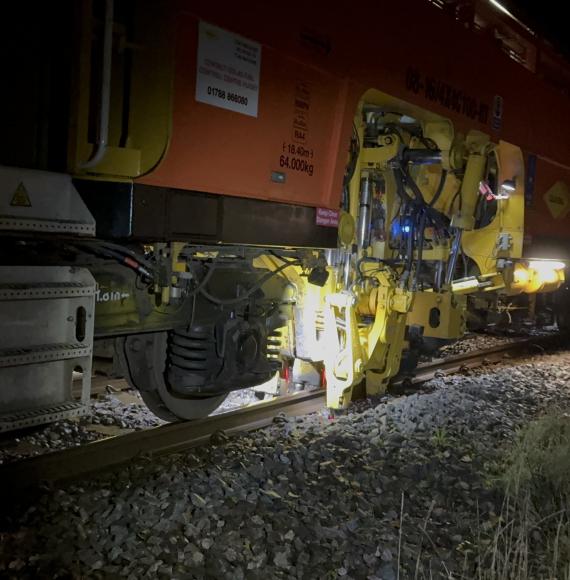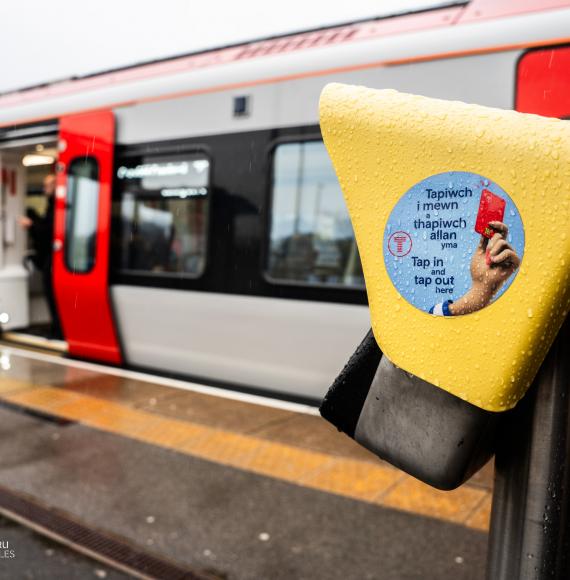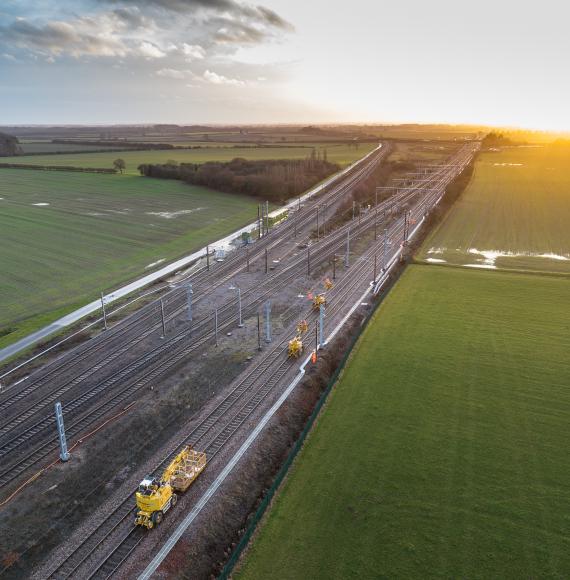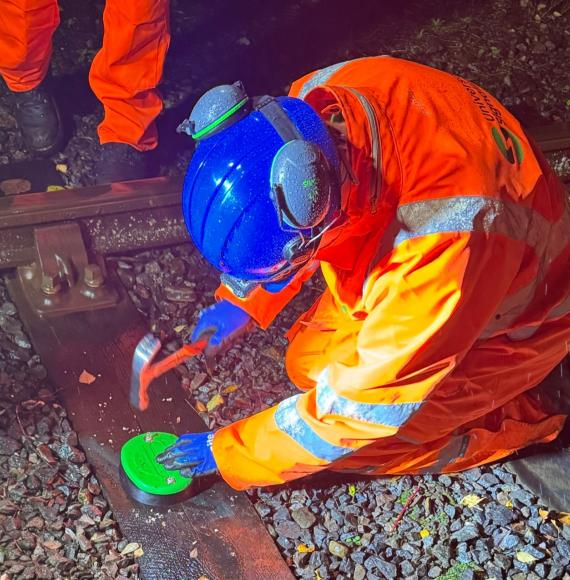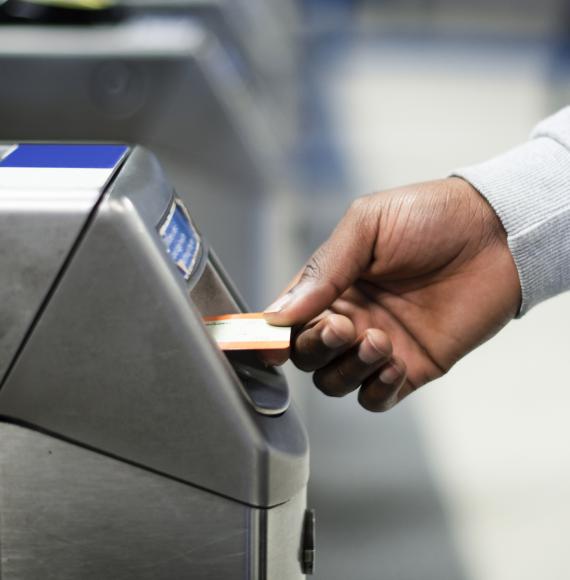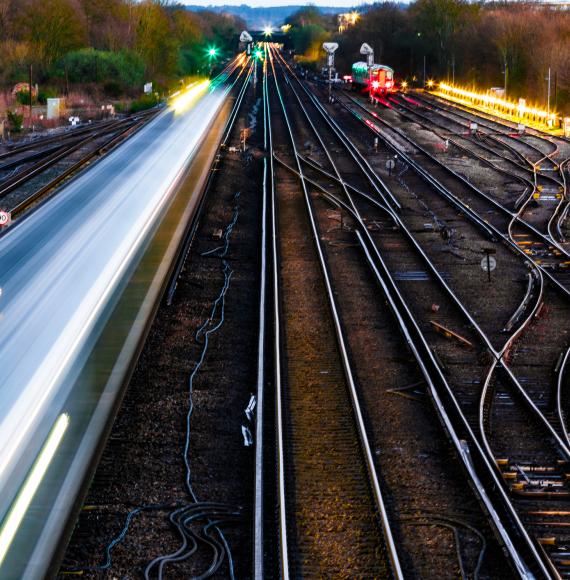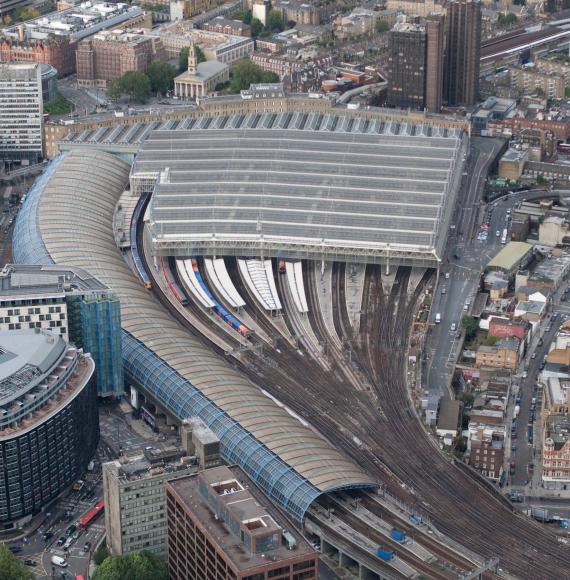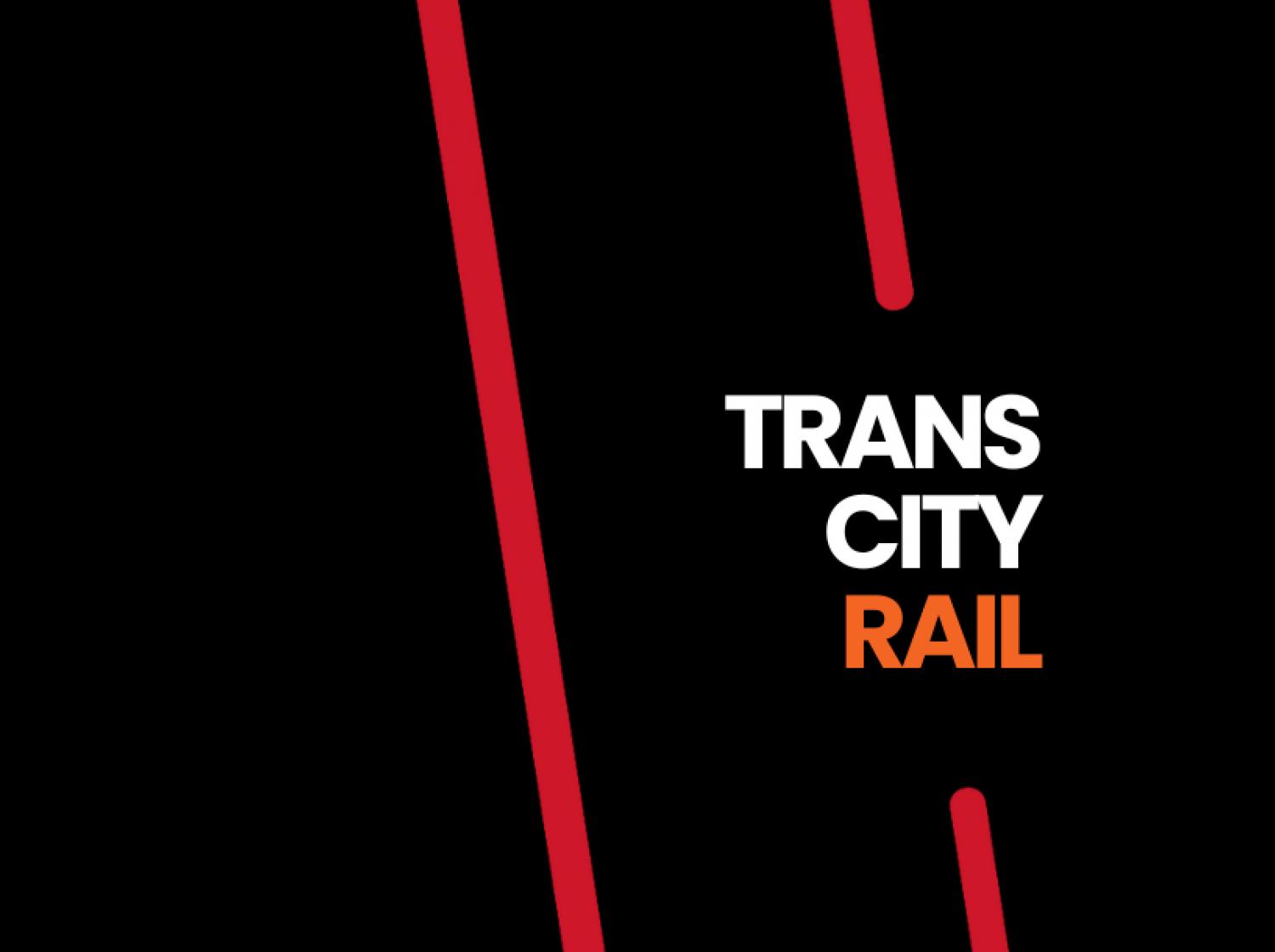The construction of two parallel viaducts for HS2 trains near Birmingham Airport has reached a significant milestone, with the first section of structural steelwork now complete.
Spanning 320 metres each, the twin M6 South viaducts are being built adjacent to the motorway to minimise disruption for drivers. Once assembled, the viaducts will be gradually slid into place over a series of weekend operations. Each new section will be pushed forward, with additional segments added behind it.
The first of the two structures, known as the ‘East Deck’, will carry southbound trains toward London. Its initial 119-metre section is scheduled to be slid over a nearby slip road during the weekend of 7–8 June.
Subsequent phases will see the viaduct extended across the main motorway and the M6-M42 Link Road, requiring two more weekend closures.
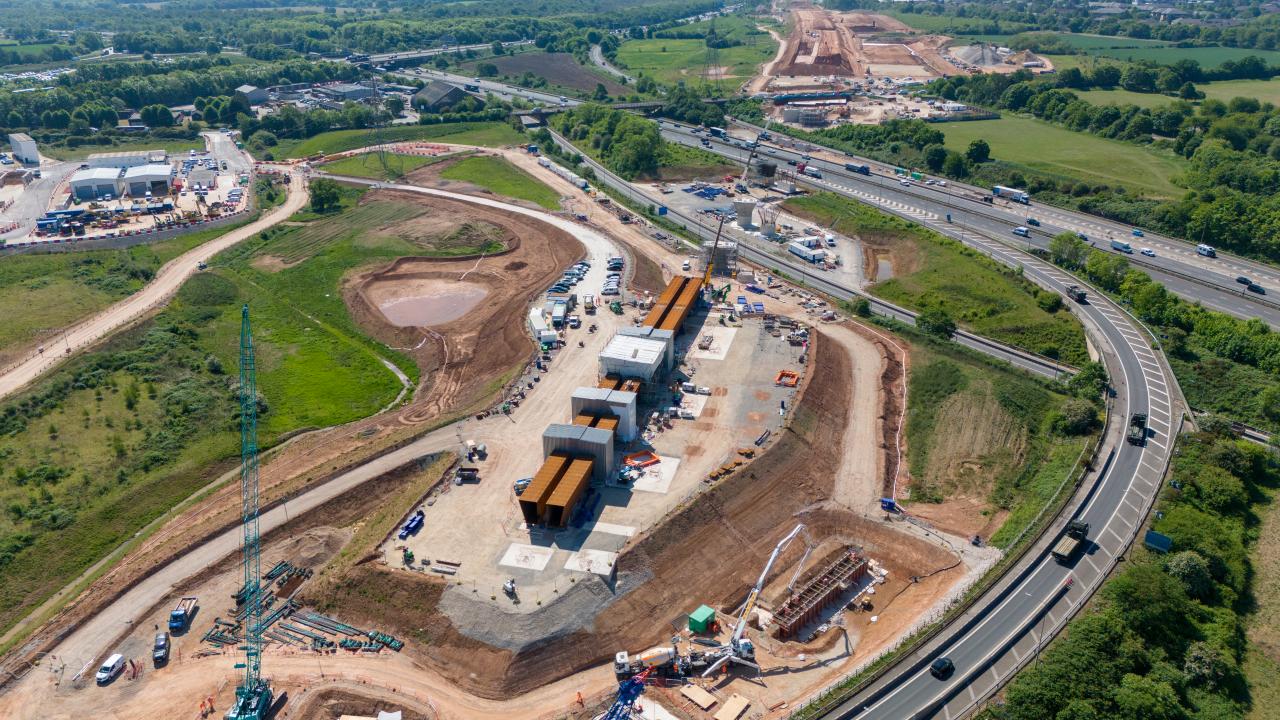
This intricate engineering process means the structure’s weight will steadily increase—from 1,300 tonnes at the start to approximately 3,000 tonnes by year’s end. To manage this growing load, the deck is being pushed slightly uphill, with the endpoint sitting 4.2 metres higher than the starting position. Once complete, the viaduct will weigh roughly the same as 214 double-decker buses.
Liam Kenney, HS2 Ltd’s Senior Project Manager said:
“It’s great to see the first section of the M6 viaducts coming together. The construction of these twin viaducts is a hugely complex process, and I’d like to thank everyone who is worked so hard to get us ready for the first slide."
“The multi-stage approach, learning lessons from previous bridge slides, will help reduce disruption for motorists and keep closures to a minimum.”
As part of the transformative HS2 rail project, more than 200 major bridges and viaducts are currently being built to enhance travel between London, the West Midlands, and the North. This ambitious infrastructure effort is also set to ease congestion on existing mainlines, creating more room for freight and local train services.
Leading the charge is BBV – a joint venture between Balfour Beatty and VINCI – supported by specialist steelwork experts Victor Buyck Steel Construction (VBSC). Drawing on their recent success with the nearby M42/M6 link viaducts, the team is working in close coordination with National Highways to deliver this complex engineering feat.
A key part of the construction involves the use of strand jacks – powerful winches that slowly push the bridge decks forward at a pace of 6 to 8 metres per hour. These decks glide over low-friction pads, made from a material similar to what you’d find on a non-stick frying pan, to reduce resistance during the slide.
Next year, the team will repeat the process to install the ‘West Deck’, which will carry two additional tracks for northbound trains. Due to the spacing of the supporting piers, this second viaduct will require four separate sliding operations to complete the crossing.
Balfour Beatty VINCI’s Russell Luckhurst leads the team delivering these viaducts. He said:
"We’re entering an exciting phase in the construction of these viaducts, as the first steel section begins to take shape. Assembly of these viaduct decks are taking place offline next to the motorway, and are being launched in a multi-phased approach, to reduce the impact on road users.
“The ‘East’ viaduct will be the first viaduct to be moved into place over three weekend closures, with the first launch taking place in June. The ‘West’ viaduct will be assembled and launched using the same method in 2026.”
The two HS2 viaduct spans will be constructed using a hollow double-box design made from weathering steel. This special type of steel forms a natural protective layer through oxidation, giving it a distinctive rust-like appearance. Not only does this aesthetic blend well with the environment, but it also significantly reduces maintenance by eliminating the need for frequent repainting.
Supporting the viaducts will be four pairs of robust concrete piers, with the tallest reaching a height of 9.9 metres. To help minimize noise and disruption for nearby residents in Chelmsley Wood, a 4.5-metre-high parapet will be installed on the side facing the community, acting as a sound barrier against passing trains.
Image credit: HS2

